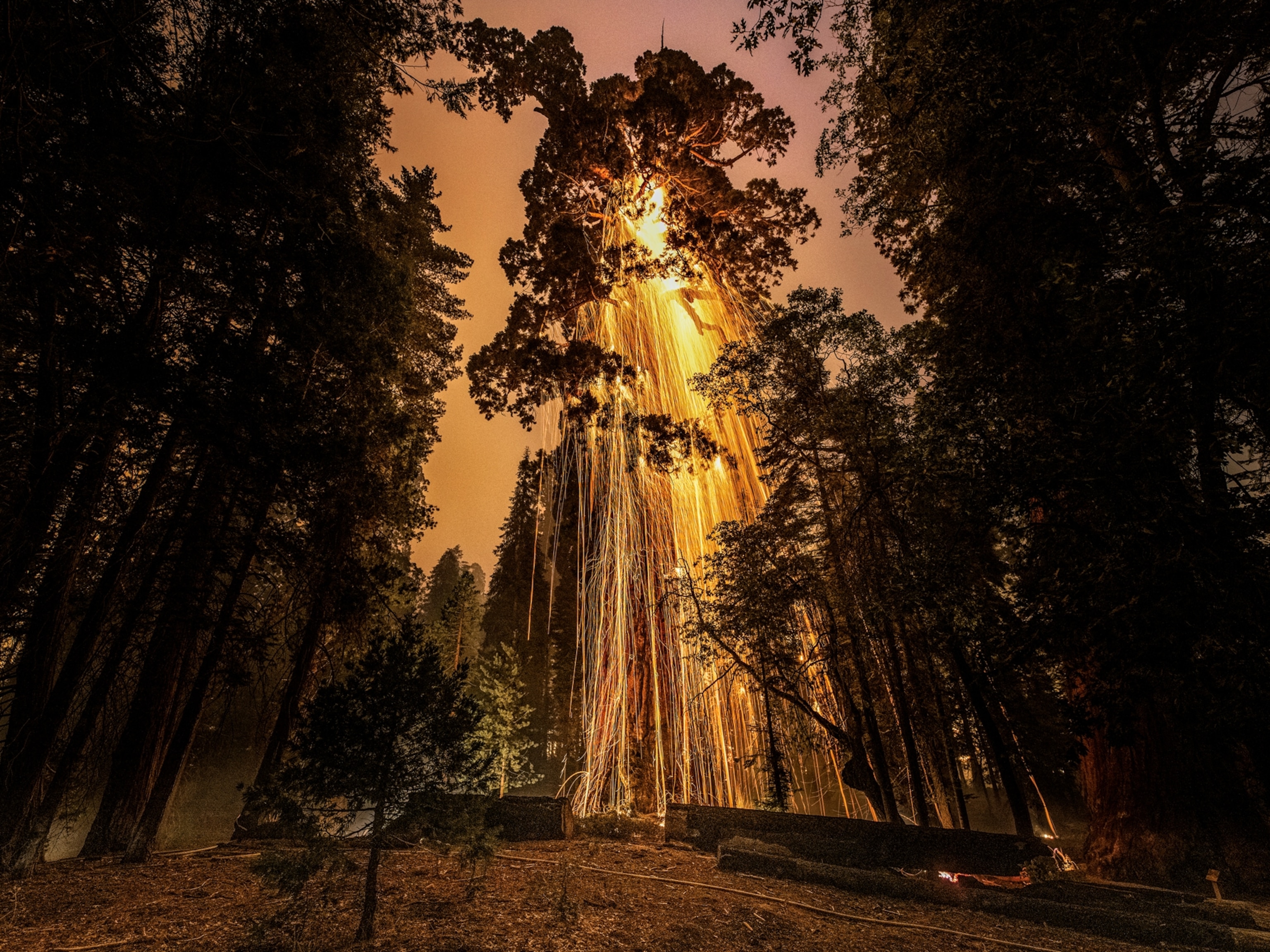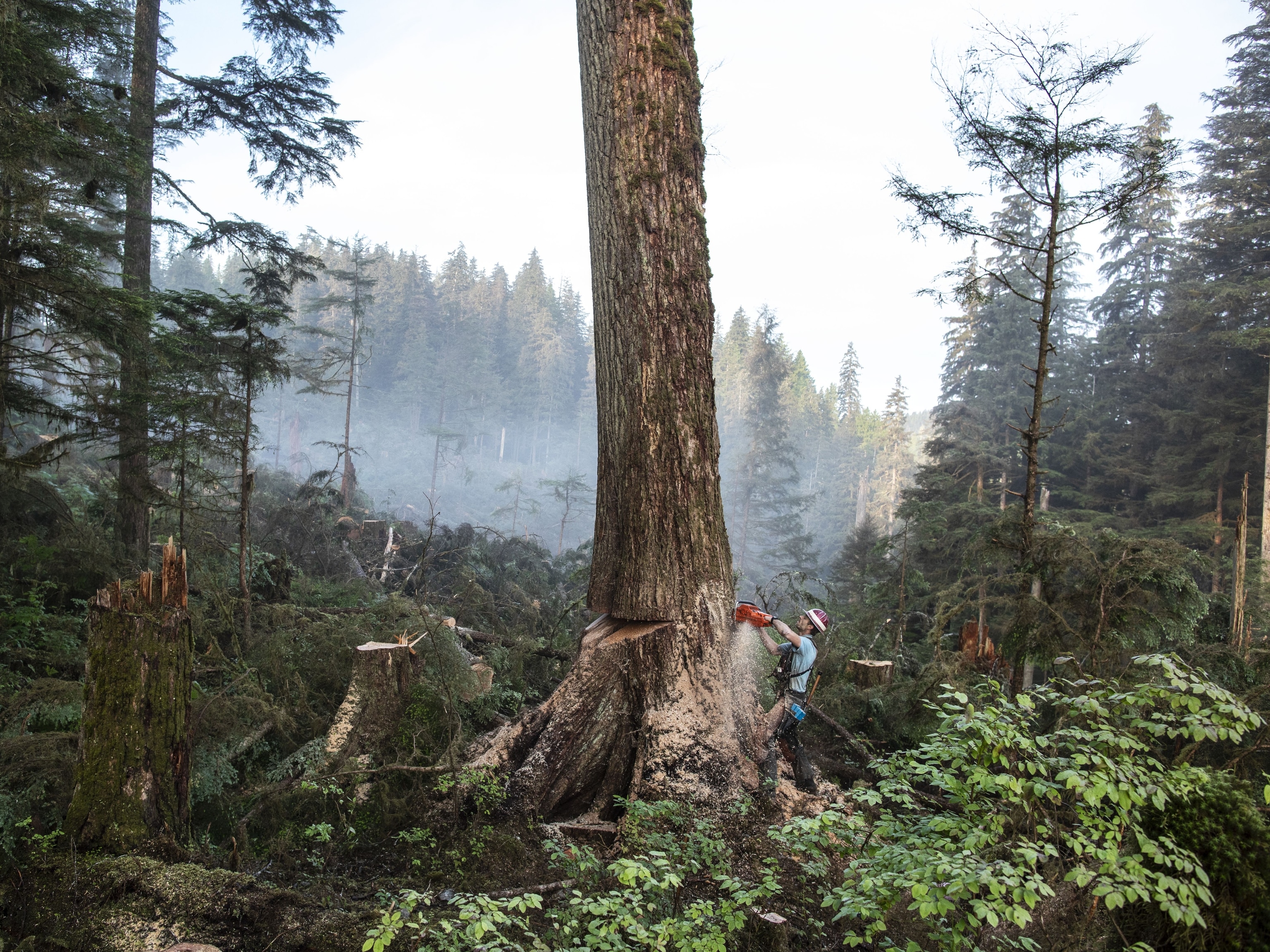This map shows millions of acres of lost Amazon rainforest
New data illustrates in painful detail the accelerated loss of Brazil’s forest cover.
Because of human activities the world continued to lose forests in 2018, according to data compiled by research group Global Forest Watch and analysts at the University of Maryland.
Clear cutting—removing large patches of forest indiscriminately—caused the highest loss of forest cover overall. Much of that was to make room for ranching, but other commercial activities like mining and soy production were also involved. Forest loss was down overall from the previous year by nearly 50 percent, largely due to massive wildfires in 2016 and 2017. But without wildfires, forest loss was up by roughly 13 percent. That has implications for climate change as well as other environmental concerns, the researchers note.
In addition to providing habitat for animals and other plants, forests are also a critical tool to fight climate change. Large swaths of forest like the Amazon rainforest are carbon sinks, helping suck excess carbon emissions from the atmosphere.
Last summer, environmental groups announced a “30x30” initiative—a goal to meet 30 percent of emissions reductions set by the Paris Climate Agreement by sustainably managing forests.
Using satellite images, the Global Forest Watch researchers were able to see that 30 million acres of forest were lost around the world in 2018. Of that lost 30 million, over 880,000 acres were primary forests. Also called old-growth forests, primary forests are mature woodlands that haven't been disturbed by human development in recent history. They're often biodiversity hotspots that contain protected and even unknown species.
Nearly four million acres of primary forest was lost in Brazil alone. Commercial activities like ranching, mining, and soy production were big drivers of that forest loss.
Environmental activists have grown increasingly concerned about the Brazilian Amazon since the country elected its new president, Jair Bolsonaro, late last year. The new president has promised to open the Amazon for industry and recently slashed funding to environmental and science research groups.
The report stresses that forest loss began before Bolsonaro was elected to office and it's still too early to tell how significantly his policies will alter or have already impacted the Amazon.
Brazil was not the sole South American country to lose forest cover in 2018.
Colombia, where formerly FARC-controlled territories were opened for business last year, also experienced an uptick in deforestation. More than 29,000 acres were cleared last year.
Though many countries have made commitments to reduce deforestation, key regions that house the world's oldest, most biodiverse forests are trending in the wrong direction, the report states.





